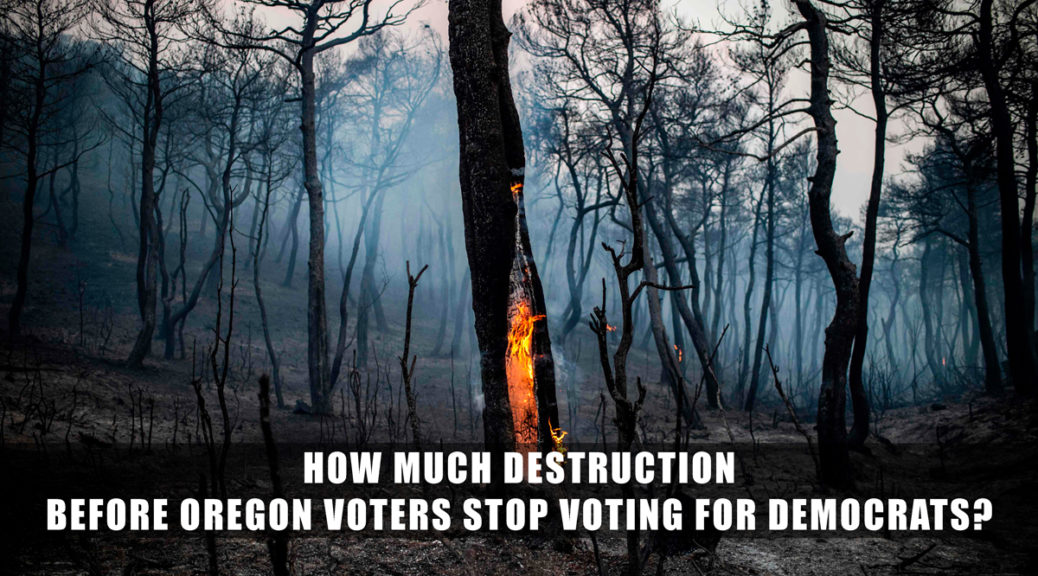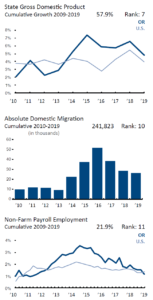
2021 Year in Review: Democrats’ Political Boneyard | Hope for 2022
Podcast: Play in new window | Download
Subscribe: Apple Podcasts | Spotify | Amazon Music | TuneIn | RSS | More
Show Summary: Our year in review: as bad as 2021 has been, it turns out it was the year of proving the Right was right. Lockdowns to mandates to passports, Russia collusion, CRT and so much more — they weren’t conspiracies. Will Oregon reject democrats in 2022? Listen to hear about the monkey wrenches democrats are tossing in the gears to sabotage Oregon.

The I Spy Radio Show airs weekends, six different times, on seven different stations. Listen anywhere through the stations’ live streams! Check out when, where, and how to listen to the I Spy Radio Show. Podcast available Mondays after the show airs on out network of stations.
Original Air Dates: December 11th & 12th, 2021 | Guest: State Senator Dennis Linthicum
This week: Senator Dennis Linthicum (OR SD-28) joins us for our year in review as we look back at 2021 and take a look ahead at 2022.
A Year in Review: The Good, the Bad, and the Democrats
Last week we talked with Alek Skarlatos about the democrats’ gerrymandered congressional districts. This week we look a little deeper. Yes, the democrat gerrymandering is a problem but there is another monkey wrench they threw in the elections gears in 2021.
Actually, it’s more of a sledgehammer.
Be sure to check out the resources below for more info on China’s social credit score system democrats want to bring to the U.S. If you thought CRT was bad…
We also look ahead at 2022 and the challenges ahead. There are some great Republican candidates for governor. And, yes, there is a potential monkey wrench there too. Betsy Johnson. While she would be a far better democrat candidate than the ultra far left Tina Kotek or the so-called “moderate” carpetbagger Nicholas Kristoff, she’s running as an independent. Not a democrat.
That says a lot, doesn’t it?
Because she must not believe an independent-minded blue-dog democrat can win in Oregon. At least not get the win in the democrat primary. How will a third-party candidate impact the race? Split the votes and ensure a democrat win? Or split the democrats and let a Republican slip by?
We also look ahead to 2022. What are some of the key issues for Republicans to run on and attract both non-affiliated voters. And even democrats? Here’s a hint: we talked about one of them last week.
The I Spy Radio Show Podcast Version
Trapped under a heavy object? Missed the show? Don’t worry—catch the podcast version. I Spy Radio is now available on your favorite platform, or you can grab it right here. See the full list of podcast options.
References & Further Reading
China’s Social Credit Score
- Video: China ranks ‘good’ and ‘bad’ citizens with ‘social credit’ system (France 24, YT channel, May 1, 2019)
- China’s social credit system spreads to more daily transactions (Brookings Institute, June 18, 2018)
- “China has stated that all 1.35 billion of its citizens will be subject to its social credit system by 2020, and travel restrictions for low-scoring citizens is only one of many to come.”
- “…a poor Chinese social credit score can lead to bans from travel, certain schools, luxury hotels, government positions, and even dating apps.”
- Chinese Social Credit Score: Utopian Big Data Bliss Or Black Mirror On Steroids? (Forbes, Jan 21, 2019)
- “…government agencies and private companies are collecting enormous amounts of data about e.g. an individual’s finances, social media activities, credit history, health records, online purchases, tax payments, legal matters, and people you associate with in, addition to images gathered from China’s 200 million surveillance cameras and facial recognition software.”
- China’s new ‘social credit system’ is a dystopian nightmare (NY Post, May 18, 2019)
- “Not only are you publicly humiliated in the ticket line, you are then forced to travel by slow train. What should have been a three-hour flight becomes a 30-hour, stop-and-go nightmare. All because the government has declared you untrustworthy. ”
- “A low social credit score will exclude you from well-paid jobs, make it impossible for you to get a house or a car loan or even book a hotel room. The government will slow down your internet connection, ban your children from attending private schools and even post your profile on a public blacklist for all to see.”
- UK Study on kids 23%: COVID rules are blamed for 23% dive in young children’s development: Disturbing study shows scores in three key cognitive tests slumped between 2018 and 2021, with face mask rules among possible culprits (UK Daily Mail, Nov 26, 2021)
- New study executed by Brown University found face masks and other social distancing measures may in fact impede on children’s development
- A whopping 23 per cent drop in IQ scores since the start of the pandemic
2021 Year in Review: the Right was Right
- 2021 was the Year of Vindication for Trump (American Greatness, Dec 4, 2021)
- COVID-19 a Pandemic of Fear ‘Manufactured’ by Authorities: Yale Epidemiologist (Epoch Times, Dec 5, 2021)
- A giant Florida hospital system has ended its vaccine mandate (Alex Berenson Blog, Dec 5, 2021)
- Remember all that censorship? “BOMBSHELL: In court filing, Facebook admits ‘fact checks’ are nothing more than opinion” (Watts Up With That, Dec 9, 2021)


